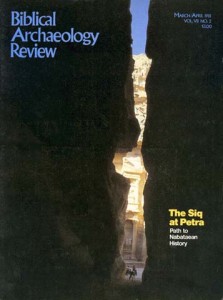Capsule Description of Historical-Critical Methods Used to Analyze the Gospel Accounts
Sidebar to: The Infancy Narratives in Matthew and Luke—Of History, Theology and Literature
To those unfamiliar with historical-critical methods, the world of Biblical scholarship may seem a strange, mysterious realm. Biblical scholars work though passages, such as the Infancy Narratives, using a host of technical terms (such as “early kergymatic formulation”) and discovering a variety of elements which comprise the whole (such as “hymns of the Jewish-Christian Anawim”). How do Biblical scholars arrive at their conclusions? What methodologies do they employ?
Historical-critical methods presuppose that the Christian movement, the Christian perspective and the development and transmission of Christian traditions all existed within specific social, political, economic, religious, and cultural contexts, and, to a greater or lesser extent, were shaped and influenced by those contexts. Historical-critical methods attempt to reconstruct the context in which a writing arose through the use to archaeology, inscriptions, secular and religious literature of the time economic and political documents, contemporary histories as well as any other evidence which might illuminate this context. Once this context is recovered, its influence on the writing is analyzed by studying the affinities of language allusions, references to the context within the writing use of other literature and any presence of contemporary thought-forms and perceptual frameworks.
Already a library member? Log in here.
Institution user? Log in with your IP address.

